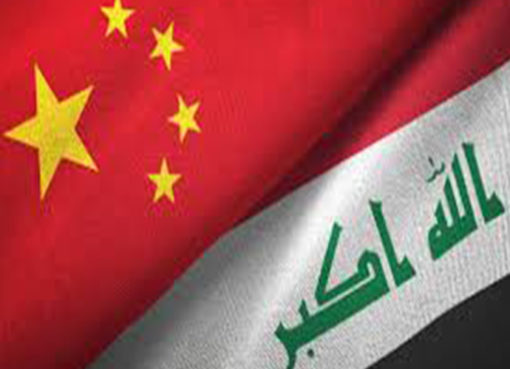HIGHLIGHTS
Saudi Arabia beat Iraq in crude exports to India in April
Iraq had been India’s top oil supplier since 2017
Iraq may lean on China to compensate lost India market share
Dubai — Saudi Arabia is wrestling with Iraq to be the No. 1 oil exporter to India as OPEC’s two biggest producers fight for dominance in the world’s third largest oil importer amid the coronavirus outbreak.
Saudi Arabia exported 1.084 million b/d to India in April, beating Iraq’s 760,000 b/d, according to Kpler data. Iraq had been the main oil supplier to India since 2017 as it replaced Iranian and Venezuelan crudes, which are currently under US sanctions. In March, Iraq shipped 969,000 b/d vs Saudi Arabia’s 716,000 b/d.
Iraq’s former oil minister Thamer Ghadhban said in April that the country struggled to supply crude to India due to lockdowns and lower demand in Asia’s third largest economy.
“In order to defend its market share, [Iraq’s state oil marketer] SOMO would have cut its OSP for Basrah Light and Basrah Heavy loading in June heading to Asia at more of a discount to those of Saudi Arabia,” Tom Kenison, a Middle East upstream oil analyst at FGE Energy, said.
“Also we have to remember that Indian refiners may still only take between 50-70% of their term commitments in June, which would mean that competition with Saudi Arabia is still at play.”
SOMO lowered its official selling prices in Asia for April deliveries to compete with price cuts for Saudi crude, which flooded the market that month amid a price-war with Russia.
Strategic reserves
Saudi Arabia has been trying to regain its market share in India with a series of potential deals, including Saudi Aramco’s initial agreement to acquire a 20% stake in Reliance Industries’ oil to chemicals business and plans to develop a refinery, with a potential capacity of 1.2 million b/d, in India in partnership with the UAE’s Abu Dhabi National Oil Co.
To take advantage of cheap oil prices and lower its oil import bill, India is looking for cargoes from the Middle East to quickly fill its strategic petroleum reserves to the maximum limit, H.P.S. Ahuja, CEO and managing director of Indian Strategic Petroleum Reserves Ltd, told S&P Global Platts on April 21. ADNOC is already storing crude in ISPRL’s Mangalore underground storage facility and signed in 2018 an agreement to store crude in Padur, also in Karnataka.
“Iraq doesn’t have the financial muscle to make strategic investments in refining, retail or storage leasing in India or anywhere else like Aramco and ADNOC but India picked all three exporters to contribute to its strategic reserves for geopolitical reasons,” said Ruba Husari, an Iraq consultant.
Although Iraq has been able to boost its share in India through its Basra Heavy grade, a popular crude among Indian refiners, it still has to do more to whet their appetite, analysts say.
“Both attractive OSPs and the rising complexity of Indian refining operations have supported Iraqi crude flows to India,” said Ahmed Mehdi, research associate at the Oxford Institute for Energy Studies. “Iraq has explored refining JVs in India in the past but this work has stalled. SOMO has failed to make the necessary leap from a pure marketing to a trading company.”
China battle
For now, Iraq may have to turn its focus to China, where the coronavirus outbreak is abating and oil demand is recovering slowly. In addition, Chinese oil companies have stakes in major Iraqi oil fields, such as the 1.5-million-barrel-a-day Rumaila, which should help maintain flows to the world’s top oil importer.
Price differentials for June loading cargoes of Iraq’s Basrah crude heading to Asia rose to a record high on May 19, boosted by firm Chinese demand, cheaper underlying crude benchmarks and OPEC+ supply cuts.
The OSP differentials for June loading, M1 Basrah Light and M1 Basrah Heavy crudes were assessed at premiums of $4/b on May 19, Platts data showed. These are the highest assessments for both Basrah Light and Heavy crude grades since Platts began publishing price differentials for the Iraqi crudes in November 2017.
The assessments reflect recent strength in spot market activity for the grades, particularly cargoes flowing into China, where the crude is one of the grades deliverable into Shanghai’s International Energy Exchange’s crude futures contract.
“I think we still see Iraq exporting large volumes to China in June due to the greater recovery in a post-COVID-19 situation that China has been experiencing,” Kenison said.
“China is a key investor in Iraq’s oil and higher crude volumes heading to China means greater export earnings. Iraq is so reliant on export revenues for its economy that securing more volume to the world’s number one crude importer is a way of securing these revenues.”
Source: S & P Global, 20 May 2020








Comment here